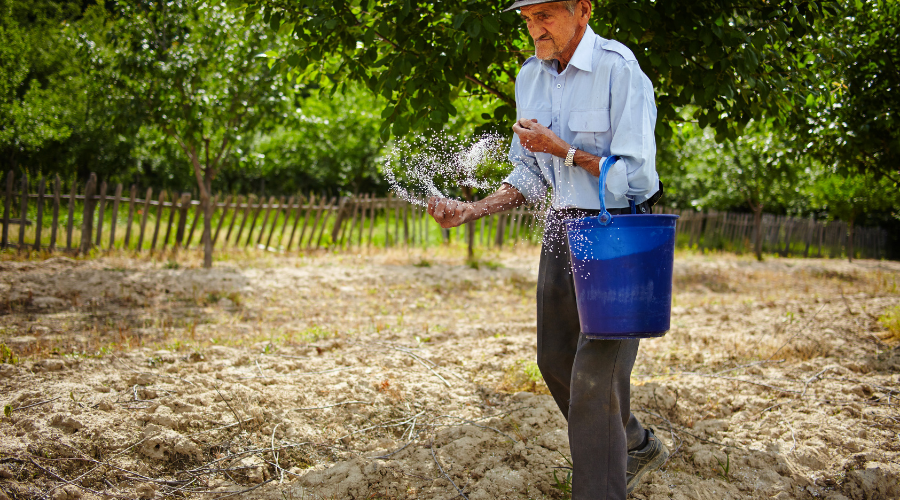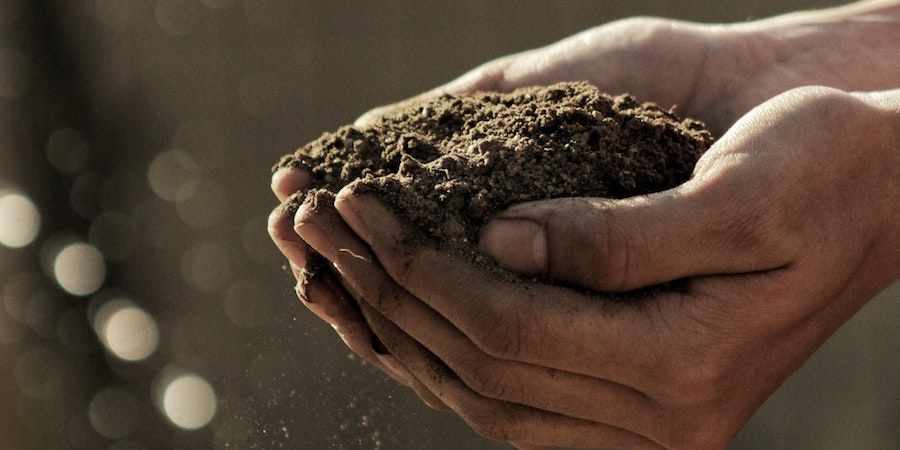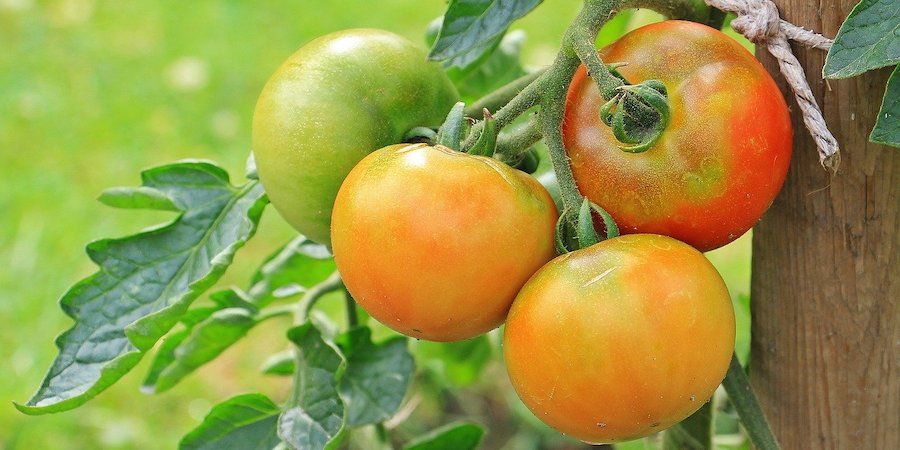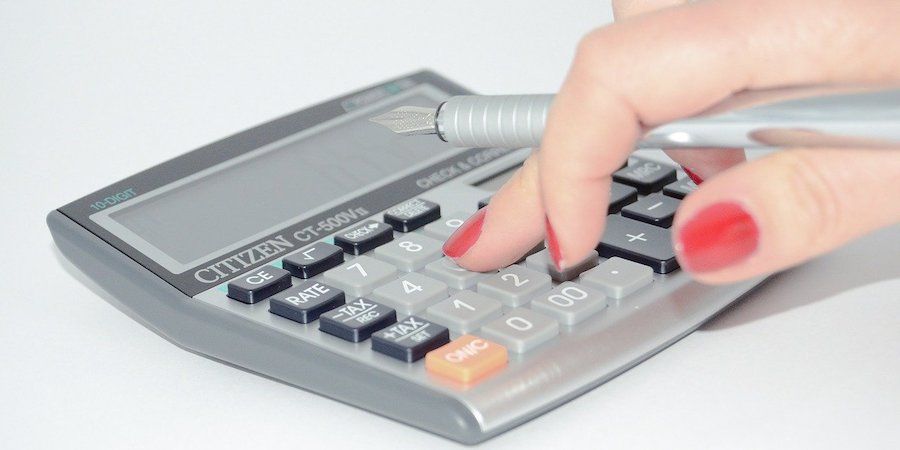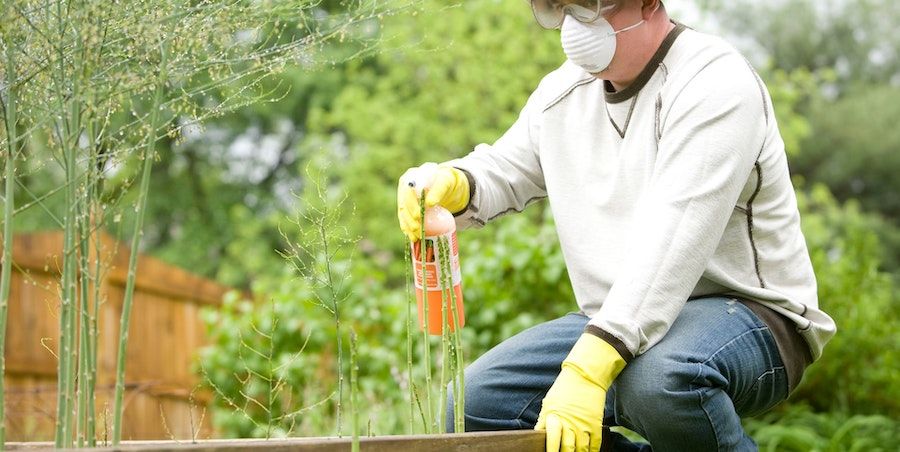Fertilizer is a vital element in the health of your garden. It comes packed with the most important nutrients for your plant’s survival. However, you can’t just spread some fertilizer around and hope for the best.
Too little fertilizer and your plants won’t have enough nutrients to grow big and healthy. Too much fertilizer and you risk burning the plant and its roots. To further complicate things, each plant needs a different rate of fertilizer. And all the help you’ll get from the fertilizer label is a bunch of numbers and ratios.
It’s time to demystify how to calculate fertilizer rates. After all, it’s just simple math. You’ve come to the right place. In the post below, I’ll break down everything you need to know about how to calculate fertilizer rates.
Things You Need
- Soil test
- Trowel
- Calculator
- Fertilizer
- Tape measure
Step-By-Step Guide On How To Calculate Fertilizer Rates
Step One: Get A Soil Test
Image credits: Gabriel Jimenez via Unsplash
Before you calculate how much nutrients you should add to your soil, you need to understand which nutrients are already present in your soil. The best way to do this is with a soil test.
A soil test will tell you the ratio of potassium, phosphorus, and nitrogen in your soil. These are the most important macronutrients in your soil and are essential for healthy plants. The N-P-K ratio on your fertilizer packaging refers to the ratio of these macronutrients present in the fertilizer. So to know how much to add, you need to know how much is already there.
A soil test is as simple as adding some soil to a jar. Use a trowel to collect thin slices of soil from different areas of your garden to make sure you get the most accurate results. You’re looking for about a cup of soil in total.
You now have two options. You can send your soil off to a lab for professional analysis of your soil. These are detailed, expensive, and quite a bit more elaborate than what the home gardener needs.
The cheaper option is to buy a home soil test kit and do the analysis yourself. These kits will allow you to analyze your soil at home and give the home gardener all the information they need. Follow the instructions on your soil test kit for best results.
Step Two: Find Out What Your Plants Need
Image credits: S. Hermann & F. Richter via Pixabay
As all plants have different fertilizer recommendations, you first need to consider what plants you’re fertilizing and what their specific fertilizer recommendations are. Some fertilizers are designed for specific plants needs, especially when it comes to lawns. Read our round-up of the best lawn fertilizers for our top recommendations.
Fertilizer application rates are readily available online, and a Google search for “fertilizer rate for (plant name)” should give you the information you need. If you’re still in the planning phase of your garden, it would be a good idea to group plants with similar feeding requirements together.
Step Three: Calculate The Number Of Nutrients In The Fertilizer
Image credits: Michal Jarmoluk via Pixabay
Now it’s time to break out the calculator and do some math. You’re looking for that magic ratio on the bag of fertilizer. It is known as the N-P-K ratio, and it represents the percentage of each major nutrient present per bag of fertilizer.
To determine the actual amount of any particular nutrient in the bag, multiply the bag's weight with the ratio of that particular nutrient in decimal form.
For example, let’s say the N-P-K ratio is 15-16-17 for a 25lb bag of fertilizer. The 15 in that ratio refers to the percentage of nitrogen in that fertilizer. So the bag of fertilizer in this example is 15 percent nitrogen. You want to know how many pounds of nitrogen are present in the bag. 25 x 0.15 = 3.75. There are 3.75 pounds of nitrogen in that 25lb bag. You can use the same formula to calculate the other nutrients as well.
Step Four: Determine How Much Fertilizer Is Needed
Image credits: CDC via Unsplash
It is where the information you found in Step Two comes into play. To determine how many pounds of fertilizer you need to reach your desired amount of one specific nutrient, you’re going to need your calculator again.
Divide the percentage of that nutrient (in decimal form) into the desired number of pounds for that particular nutrient.
For example, let’s say you need 2 lbs of nitrogen for a particular application. You’re still using the 15-16-17 fertilizer from the example above. So, 2 x 0.15 = 13.33 lbs of fertilizer to achieve 2 lbs. of nitrogen in a particular area.
Pro Tip: If you’re fertilizing a lawn, do all your calculations based on 1000 square feet. You can then use this number to calculate how much fertilizer you need based on the actual size of your lawn with some quick math. Follow our fertilizer guide for lawns for a more detailed breakdown. You can also use this method to calculate how much fertilizer per acre you need for larger applications.
Further Considerations
The recommended fertilizer rate for any given plant usually refers to the annual requirement of nutrients for that particular plant. Giving a plant a year’s supply of nutrients in one go will result in burned roots and plants. In the worst-case scenario, this could result in the death of your plants.
It’s recommended to spread this feeding out into at least three applications. The timing of these applications depends on your climate and what plants you’re feeding. I like feeding my plants at the beginning of the growing season, again a few months later in the middle of the growing season, and then once more before the dormant season. Find what works best for you and your climate.
Liquid fertilizer tends to not last as long in the soil compared to other fertilizers. They act quickly but generally need to be applied every two weeks or so.
The Last Word
Fertilizer rates and nutrient ratios might sound confusing. However, with a little bit of know-how and some quick maths, you can make sense of fertilizing your plants or your lawn.
Be sure to always test your soil first with a soil test kit. You need to know what nutrients are present in the soil before adding the correct amount of nutrients. Buy a home soil test kit to do the analysis yourself.
Make sure to double-check the feeding requirements of your plants before you fertilize. It will help you avoid overfeeding your plants when the time comes. It’s better to feed less because you can always add more. Once you’ve added fertilizer, however, you can’t remove it.
What do you think? Has this tutorial demystified the fertilization process for you? Comment below to let us know. Or share this tutorial with somebody you think should feed their plants with one of the buttons below.

